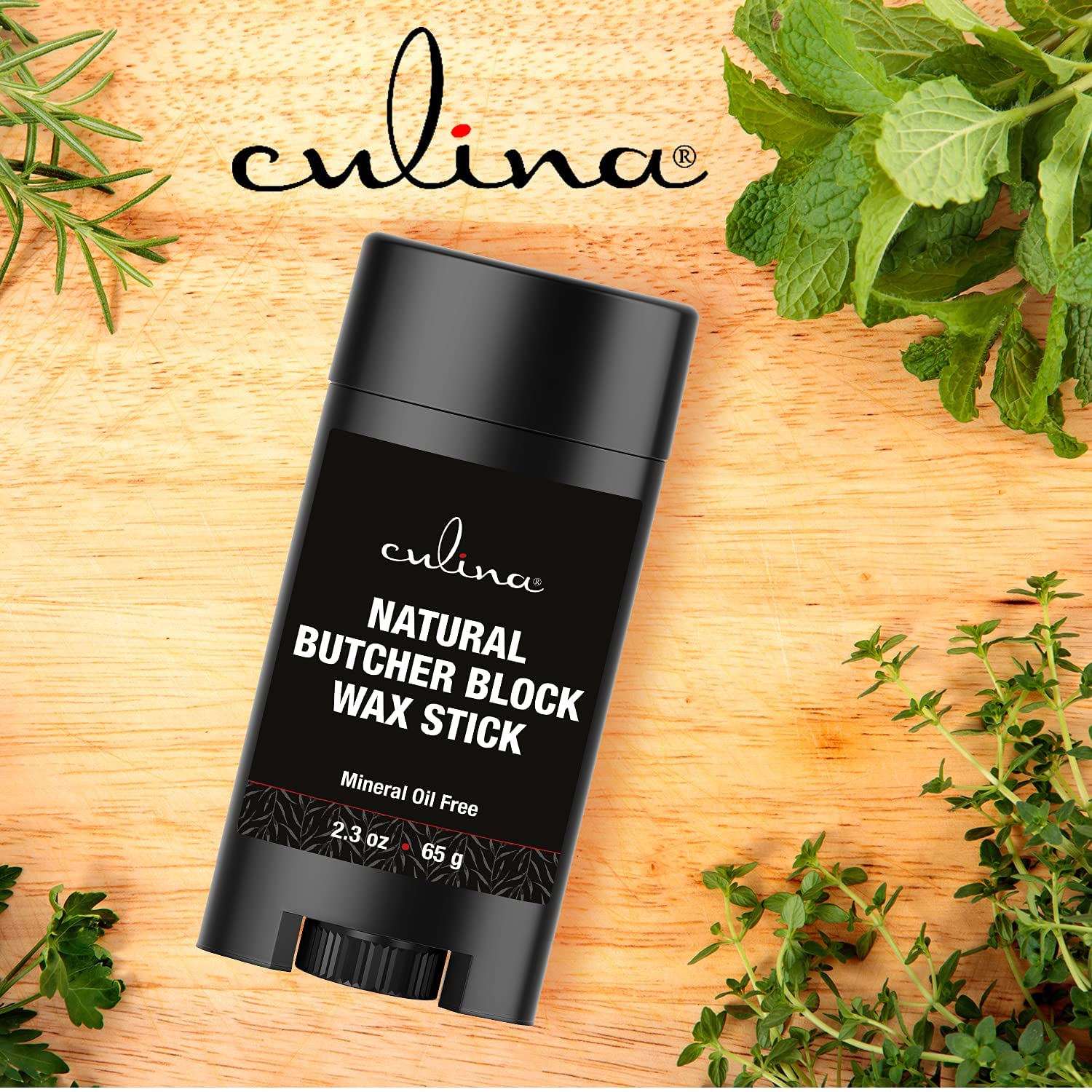When you dive into the culinary world, you quickly realize that the right tools can make all the difference. One such vital tool in any chef’s arsenal is the meat tenderizer. But, when should you use a meat tenderizer? The answer to this question can elevate your cooking game to a whole new level.

Understanding Meat Tenderization
Before we delve into the specifics of when to use a meat tenderizer, it’s essential to understand what tenderizing is. Tenderizing meat involves breaking down the tough fibers and connective tissues that can make it chewy and hard to eat.
Why Does Meat Need Tenderizing?
Certain cuts of meat, especially those from more active muscles, can be incredibly tough. By tenderizing, you ensure that the meat cooks evenly and remains juicy and flavorful. This is especially crucial for those cuts that will benefit from a shorter cooking time or when cooked using dry heat methods.

When to Use a Meat Tenderizer
Knowing when to use a meat tenderizer can significantly impact the outcome of your dish. Here are key scenarios where you should consider tenderizing your meat:
Cooking Chicken
Chicken, particularly breast meat, can sometimes be dense and uneven in thickness. Using a tenderizer ensures that the meat cooks more evenly, retaining moisture and flavor.
Preparing Tough Cuts of Beef
Tougher cuts like flank steak or brisket benefit immensely from tenderizing. This process helps break down those sinewy fibers, making the meat easier to chew and more enjoyable to eat.
Making Pork More Palatable
Pork, particularly chops, can be enhanced by using a meat tenderizer. This ensures a juicier and more tender bite, perfect for any pork dish.
Marinating Meat
When marinating, tenderized meat absorbs flavors more efficiently. The tenderizer opens up the meat fibers, allowing marinades to penetrate deeper for a more flavorful dish.
Saving Time in Cooking
Tenderized meat cooks faster. Whether you’re in a time crunch or looking for a quick weeknight dinner, using a meat tenderizer can speed up your cooking process.

Types of Meat Tenderizers
Various meat tenderizers are available, each offering unique benefits:
Mallet Tenderizers
The most common type, these resemble a hammer and have either flat or textured surfaces for pounding meat.
Blade Tenderizers
These devices have multiple blades that penetrate the meat, breaking down fibers without flattening the meat.
Powdered Tenderizers
Usually made from natural enzymes, these powders are sprinkled on meat to break down proteins over time. Learn more about powdered tenderizers
Choosing the Right Meat Tenderizer
Selecting the right tenderizer depends on the type of meat you’re preparing and your personal cooking style. Here are some guidelines:
For Chicken
Use a mallet tenderizer to even out chicken breasts.
For Beef
Consider a blade tenderizer for tougher cuts to ensure deep penetration of marinades.
For Pork
A mallet or powdered tenderizer works well for pork chops and other pork cuts.
How to Properly Use a Meat Tenderizer
Using a meat tenderizer effectively requires proper technique:
Mallet Technique
Place the meat between plastic wrap or wax paper. Gently pound the meat, starting from the center and working your way out.
Blade Technique
Press the blade tenderizer gently into the meat, covering the entire surface area. Do not apply too much pressure, as this can cause uneven cuts.
Benefits of Using a Meat Tenderizer
Enhanced Flavor
Tenderizing allows for marinades and rubs to penetrate deeper, enhancing the overall flavor of the meat.
Improved Texture
The process results in a softer, more enjoyable texture, making even the toughest cuts delectable.
Consistent Cooking
Evenly tenderized meat cooks more uniformly, ensuring no chewy or undercooked spots.
Common Mistakes to Avoid
Avoid these pitfalls when using a meat tenderizer:
Over-Tenderizing
Applying too much force or tenderizing for too long can obliterate the meats structure, leading to mushiness.
Ignoring Safety
Always use a meat tenderizer on a stable surface, and ensure the meat is securely covered to prevent splattering and contamination.
Storage and Maintenance
Proper care of your meat tenderizer ensures it lasts longer and remains effective:
Cleaning
Always clean your tenderizer promptly after use to prevent bacterial buildup. Most tenderizers are dishwasher safe, but check the manufacturer’s instructions.
Storage
Store in a dry place to avoid rusting or damage.
Frequently Asked Questions
What meats benefit the most from tenderizing?
Tough cuts like flank steak, brisket, and certain chicken parts benefit the most.
Can I over-tenderize meat?
Yes, over-tenderizing can lead to a mushy texture. It’s important to follow recommended guidelines for the best results.
Are there alternatives to using a meat tenderizer?
Marinating with acidic ingredients like lemon or vinegar can also help break down tough fibers in meat.
For more information on choosing the right meat tenderizer, visit this page.
As an Amazon Associate, I earn from qualifying purchases.







